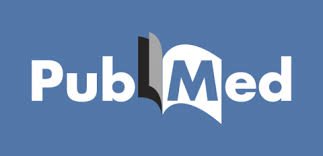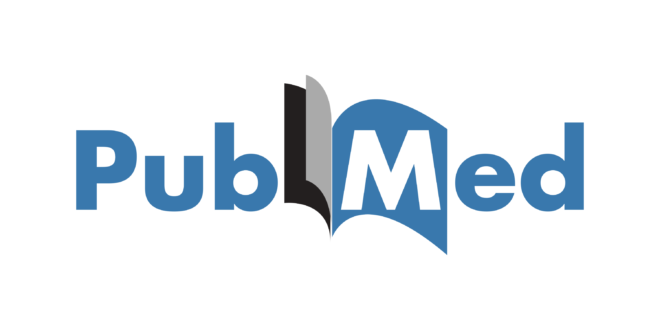Aims: Liuzijue Qigong exercise is a traditional Chinese exercise method in which breathing and pronunciation are combined with movement guidance. Breathing is closely related to balance, and Liuzijue Qigong, as a special breathing exercise, can be applied to balance dysfunction after stroke. The purpose of this study was to observe the …
Read More »
 Acupuncture Times Read the latest acupuncture research articles about acupuncture, Chinese herbal medicine, cupping therapy and moxibustion.
Acupuncture Times Read the latest acupuncture research articles about acupuncture, Chinese herbal medicine, cupping therapy and moxibustion.
